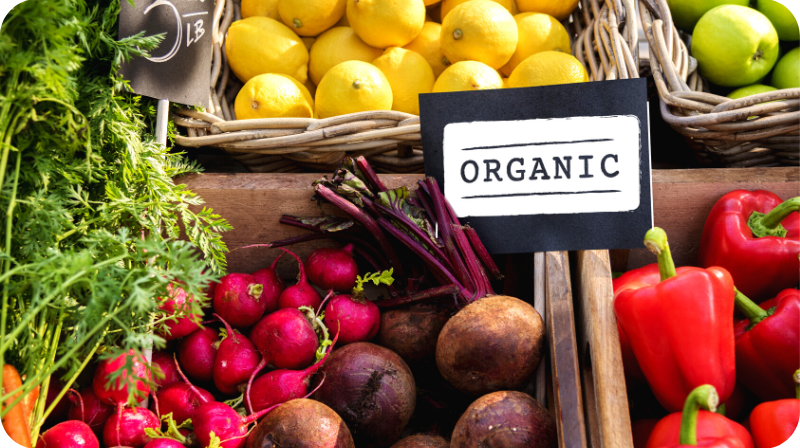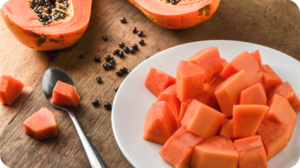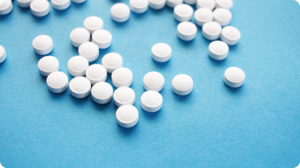Each year the non-profit Environmental Working Group (EWG) compiles a list of the 12 fruits and vegetables that contain the highest levels of potentially toxic pesticide chemicals. The organization uses test results compiled by the USDA to determine how saturated different produce is, and what contaminants they contain.

The testing for 2022 found 210 pesticides in various fruits and vegetables, including pesticides banned by the Environmental Protection Agency (likely showing how persistent these powerful chemicals are in the soil, even long after they have ceased to be used, in addition to illegal use). These toxins are linked to a vast array of diseases and conditions, including food and other allergies, neurological disorders, cancers, and even birth defects. The toxins can accumulate in the body’s tissues, increasing the danger. Young children are at the greatest risk because their nervous, immune, and other systems are still developing.
The list for 2023 is:
- Strawberries
- Spinach
- Kale, Collard, and Mustard Greens
- Peaches
- Pears
- Nectarines
- Apples
- Grapes
- Peppers
- Cherries
- Blueberries
- Green Beans
Buying (and Eating) Clean
The best way to avoid dangerous chemicals in produce is to avoid conventionally grown versions of the dirty dozen. There are two ways to do that.
- Go organic. The dirty dozen includes some of the most delicious and otherwise nutritious and delicious fruits and veggies you can buy. You can enjoy the flavors and health benefits without the chemicals, by simply buying certified organic. Although the cost will be higher (significantly, in some cases), consider it an investment in preventing serious illnesses that could be expensive themselves, not to mention life-altering.
- Buy off the “clean” list. If organic produce is outside your family grocery budget, you can mitigate some of the risk from the dirty dozen, by shopping for alternatives. A great way to do that is to choose from the tasty options on EWG’s “Clean 15”. Just as it sounds, this is a list of fruits and vegetables with the lowest amounts of tested contaminants. The list for 2023 is:
- Avocados
- Sweet Corn
- Pineapple
- Onions
- Papaya
- Sweet Peas
- Asparagus
- Honeydew
- Kiwi
- Cabbage
- Mushrooms
- Mangoes
- Sweet Potatoes
- Watermelon
- Carrots
If you eat a healthy diet rich in fruits and vegetables, chances are you are probably regularly consuming one of the dirty dozen. Keep in mind that many toxins accumulate in body tissues, making their worst effects known only in the long run. It’s also worth noting that the USDA’s research, on which the dirty dozen list is based, found instances of fruits and vegetables containing hundreds of times the allowable limit for certain pesticides and compounds, and detected significant levels of outlawed chemicals. The healthiest diet is the one with the fewest chemicals and contaminants—which translates to one that diminishes the impact of “dirty” fruits and vegetables.







